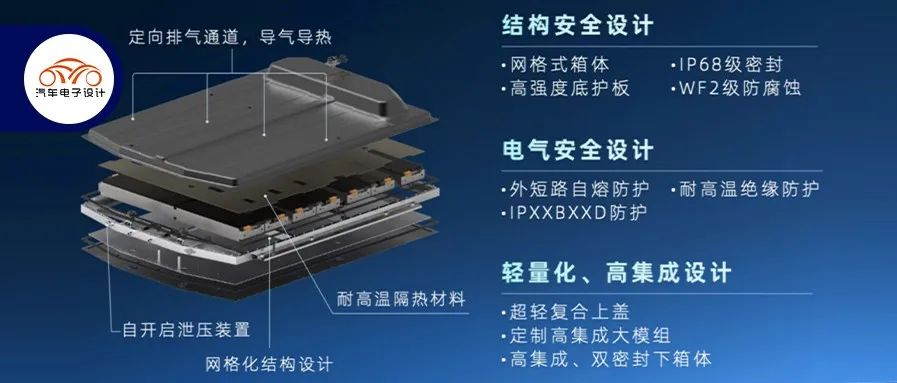Author: Zhu Yulong
Yesterday, I attended a Workshop about battery development of NETA Motors. The technology details of their independently developed “Tiangong Battery” were quite abundant. Generally, the “Tiangong Battery” is based on the conventional square shell battery familiar to us, and is optimized in terms of battery structure safety design, thermal management system, intelligent cloud management, and so on, and it is applied on the NETA S model. Due to the disruption of the cost reduction curve of batteries, NETA has also started to develop pure electric vehicle models (with a range of 715km) and extended-range electric vehicle models (pure electric range of 300km), which is a natural response to the current battery costs.
NETA Motors’ battery system development route mainly consists of three generations:
- VDA module: This is well-known to everyone, no need to say more.
- Customized large module CTP: This is different from the double-row version, and the current plan is developed around the strip module. According to the median assembly rate of 75% in the cost accounting, the pack energy density is 185Wh/kg, and the corresponding energy density of the battery cell is 246Wh/kg.
- The model of the next generation of CTP/CTC in 2023: The target energy density must exceed 210Wh/kg, the integration efficiency is 85%, which means the estimated energy density of the battery cells is 247Wh/kg.
From my understanding, starting from 2022, the iteration of Tiangong Battery system will mainly further develop moduleless integration design to reduce the weight of structural components.
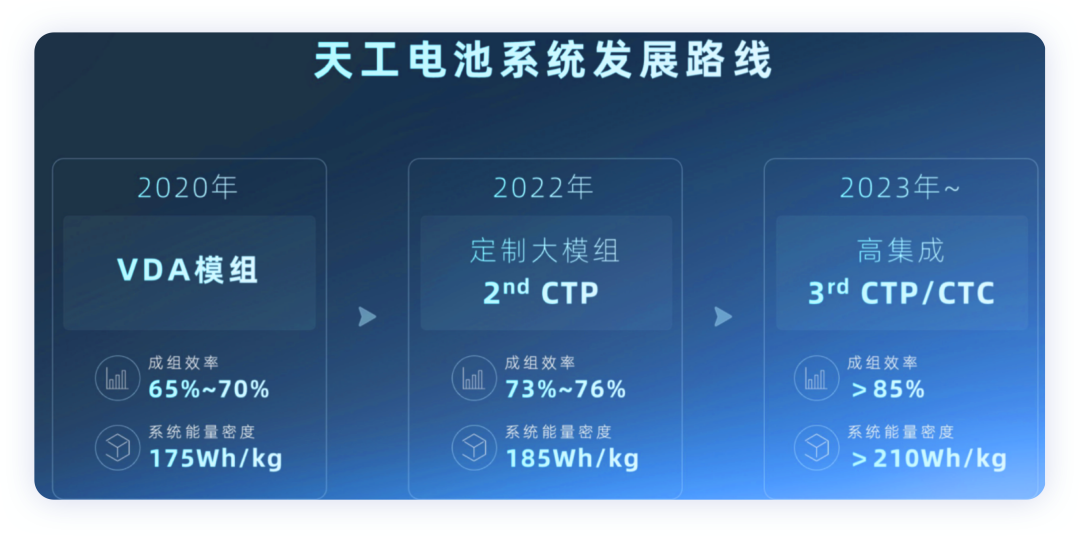
Design of Battery System
As shown in Figure 2, this is an extension of the standard battery cell design dominated by the C family.
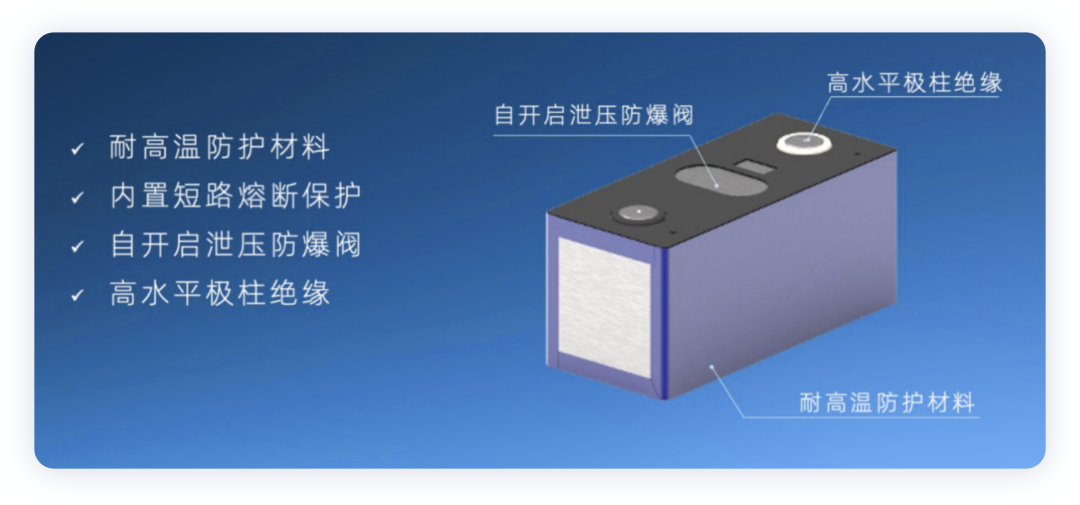
The custom module adopts 13 battery cells as one module, with 11 silica gel pieces in the middle. For structural considerations, it is equivalent to canceling one end plate of the original two modules and integrating them together. Both side plates of the module are retained, and multi-sided insulation design protection is adopted.
From the schematic diagram, to achieve the protection effect, the thickness of this silica gel is not small, and an additional piece is added to each battery cell.
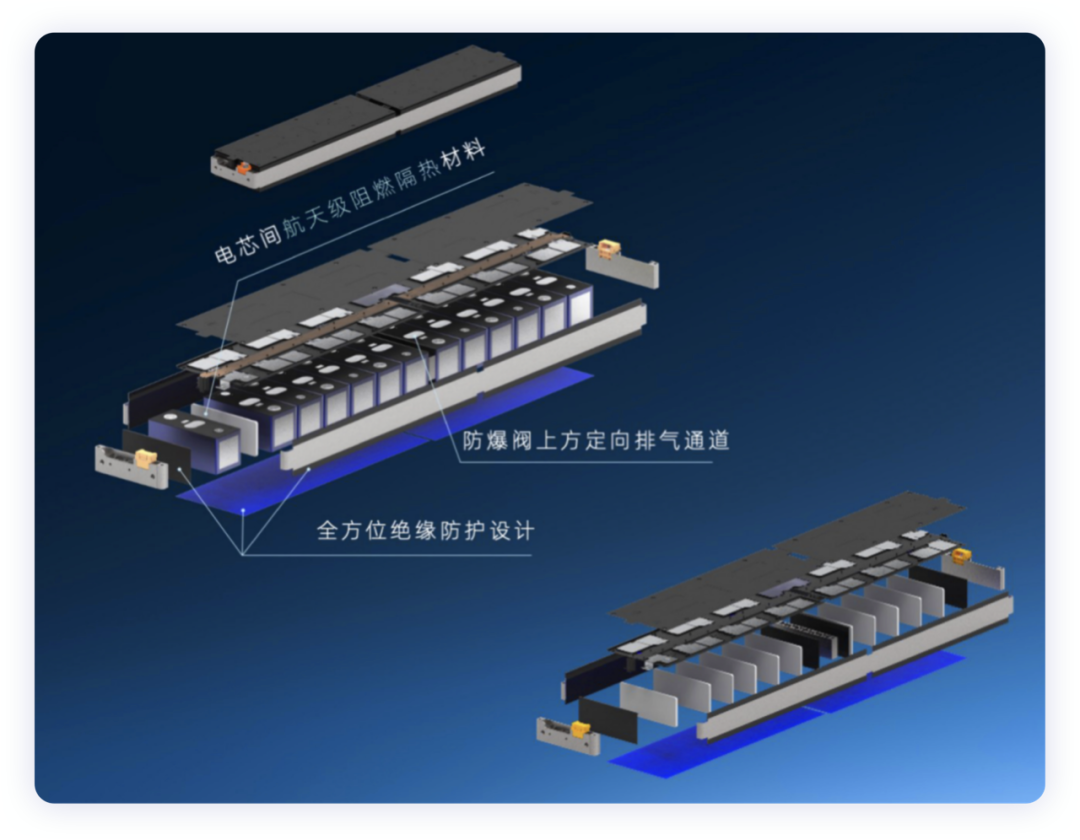 A total of 7 large modules are used for the entire pack, which is 91 cells in total (7*13). In order to ensure the overall pack protection of the cells under thermal runaway, a complete piece of insulation is used to protect the composite material upper cover.
A total of 7 large modules are used for the entire pack, which is 91 cells in total (7*13). In order to ensure the overall pack protection of the cells under thermal runaway, a complete piece of insulation is used to protect the composite material upper cover.
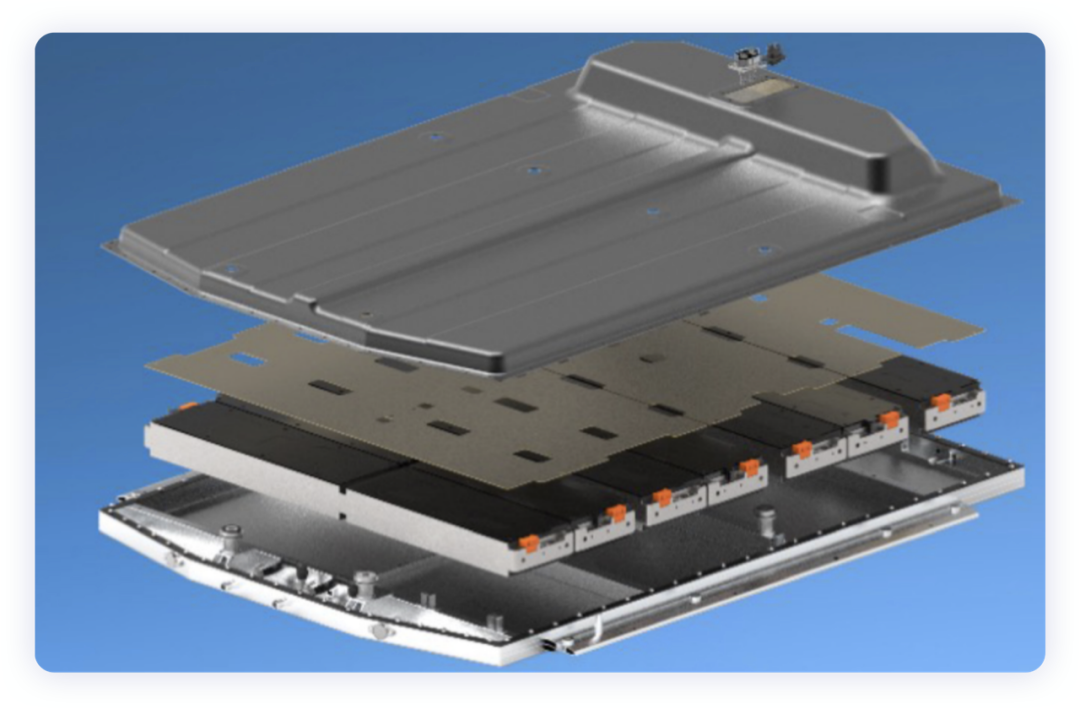
Below is a complete piece of thermal insulation protection with high temperature insulation and impact resistance. This is actually a challenge in designing the CTC shell battery, which needs to consider the protection of the upper cover in the Z direction height – for example, for ternary cells with an energy density of 246Wh/kg and large energy, the heat release of this nearly 1kWh cell is very intense.
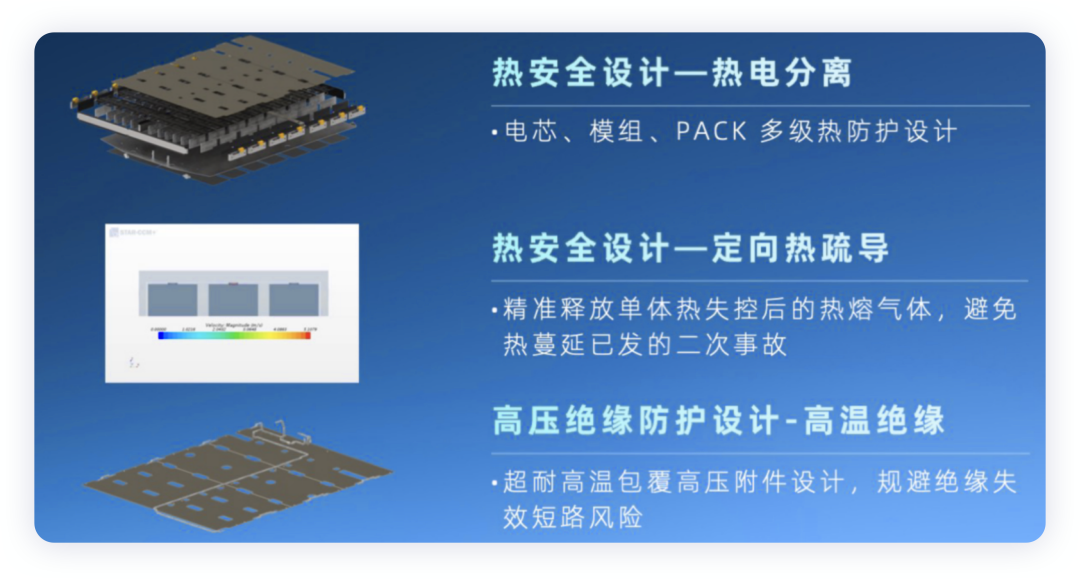
▲Video 1. Gas Heat Dissipation Channel under Thermal Runaway
In order to design a low-profile tray, composite material upper cover is specially used, which can effectively improve the edge coverage ability and also need to ensure that the thermal insulation material can protect the upper cover from harm during thermal runaway.
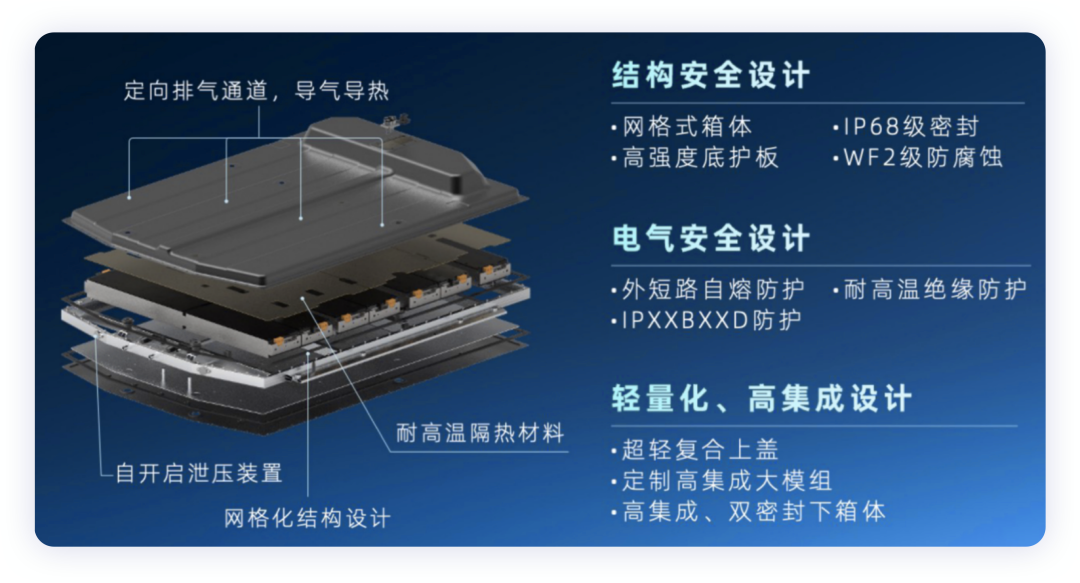
This is the effect of liquid cooling arrangement, using four water-cooled plates in total, three large ones and one small one.
Nowadays, the battery thermal management system mainly adopts a feedback mode connected with the system:
-
Feedforward thermal management: Based on the control strategy of the front end (driving conditions), the cooling and heating needs of the battery are calculated comprehensively according to the navigation and overall demand, and the energy consumption of each charging and discharging is calculated based on the expected driving, in order to determine the single charging time.- Big data-based heating strategy: Based on the big data information in the map (from point A to point B), the estimated uphill and downhill slope is calculated from the cabin, and energy consumption is allocated according to the slope. Then, the distance between points A and B is estimated in the entire vehicle system, and driving heating strategies, such as heating during the trip, are evaluated.
-
Heating time management: Due to the large battery, only 5% of the time is used for heating management, and most of it is kept at a constant temperature, accounting for 95% (the heating management system is not activated).
-
Predictable pre-charging insulation function: The mobile app algorithm can predictively preheat and maintain temperature to regulate battery issues before leaving.
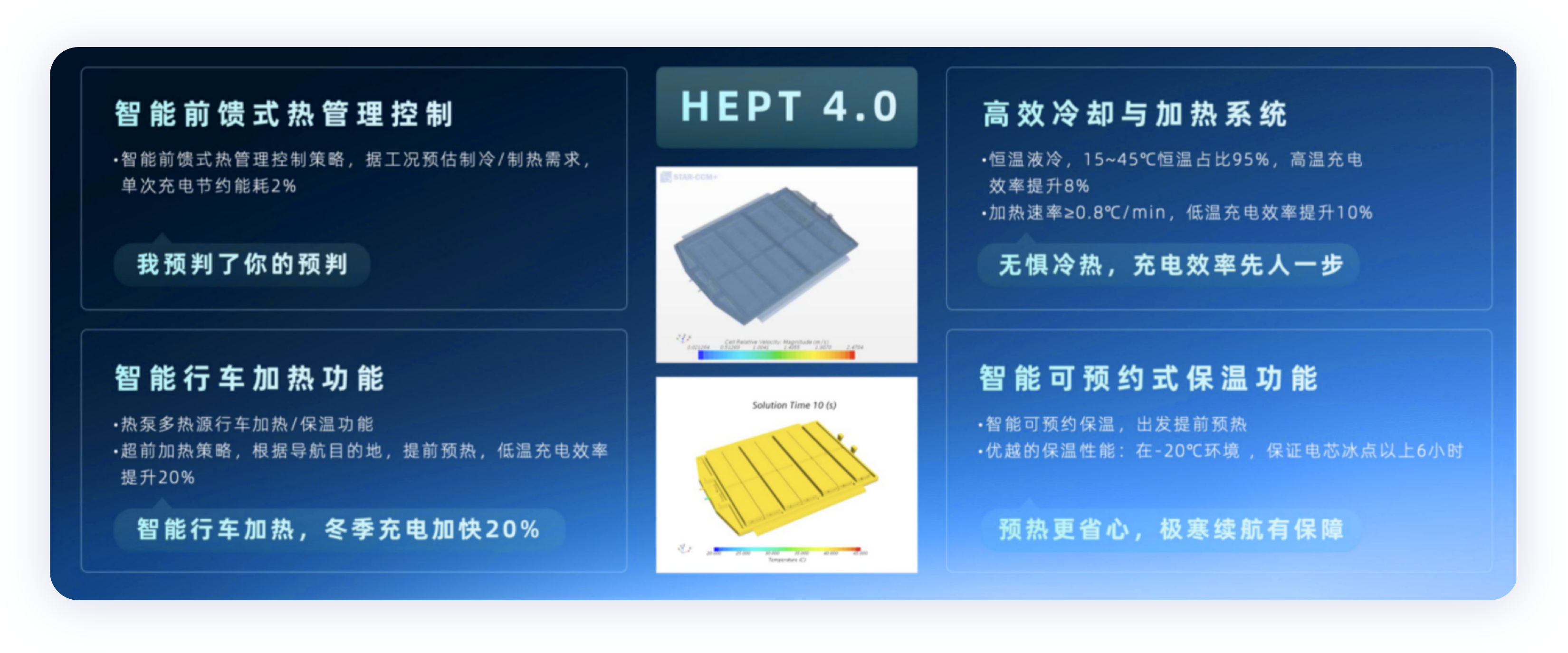
▲Video 2. Effect of liquid cooling plate
▲Video 3. Effect of module heat dissipation
Battery management system
The introduction of the battery management system mainly involves cloud-based management, including cloud SOH algorithm estimation based on a large amount of data extraction.
My understanding is that the BMS algorithm in the vehicle system slowly provides a basic battery operating status and needs to be more effectively managed with domain controllers and cloud algorithms.
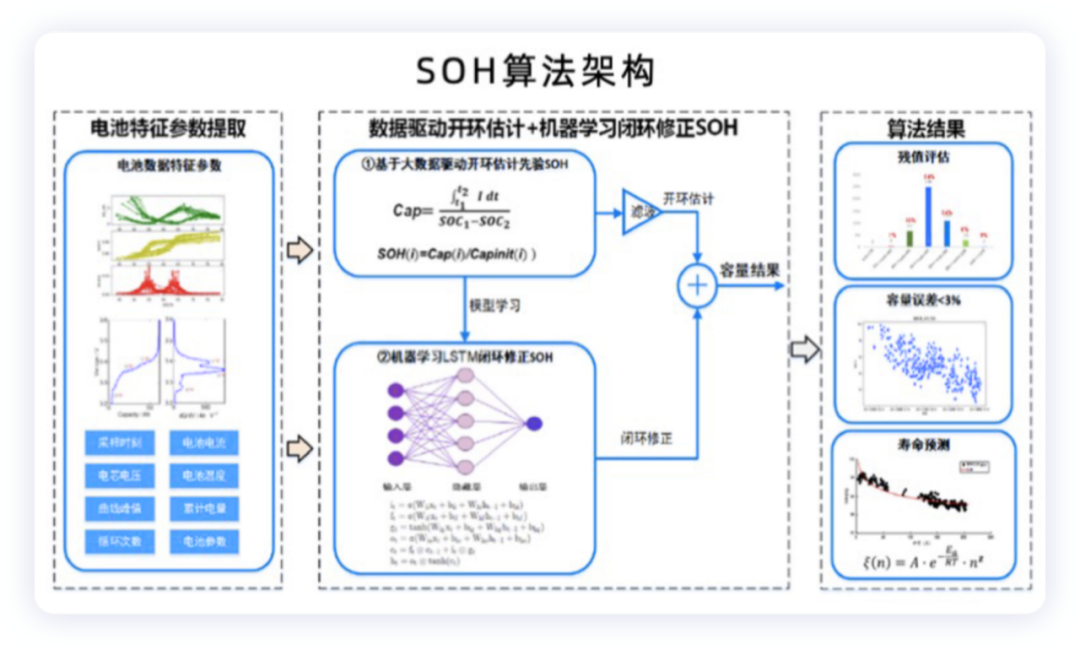
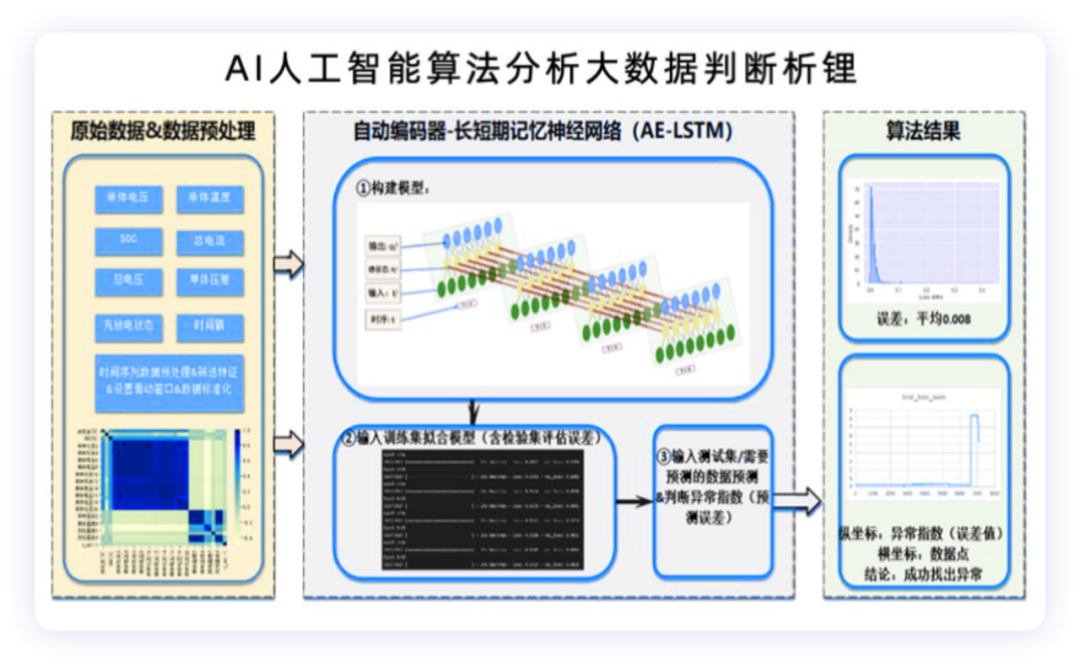
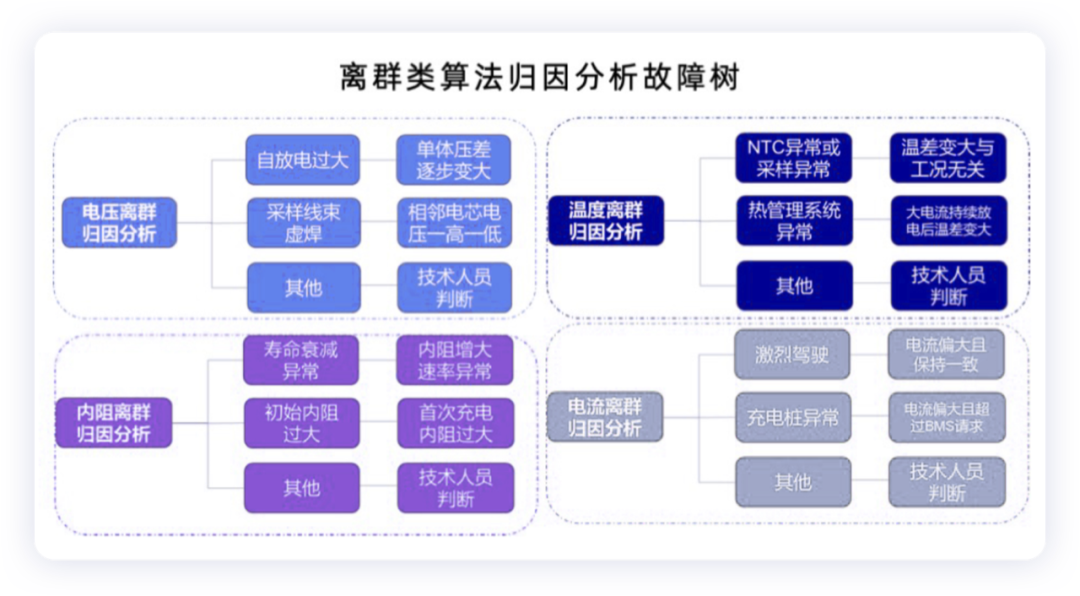
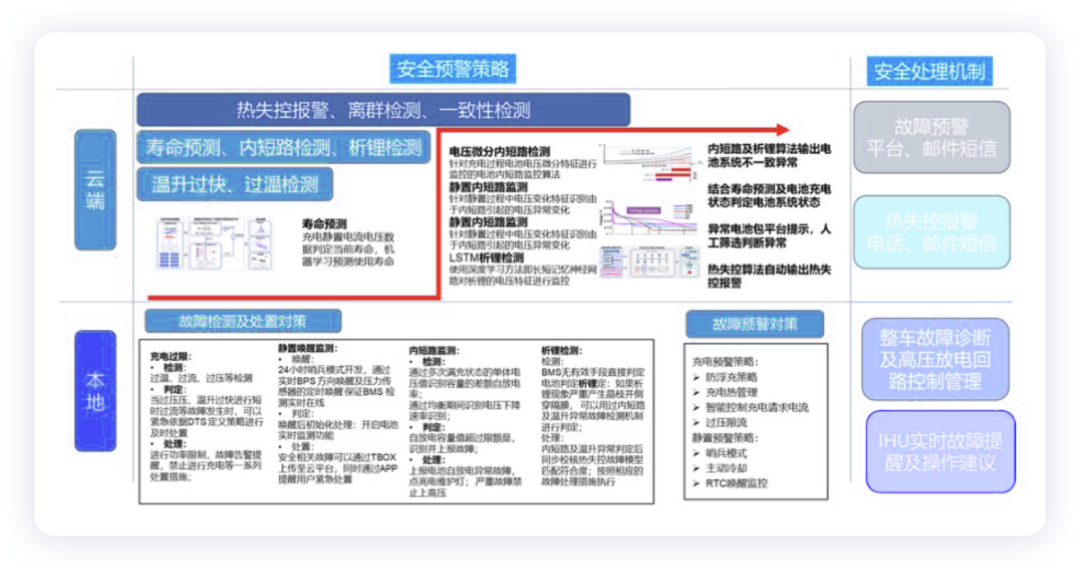
In my view, the biggest breakthrough in China’s automotive industry in recent years is in the area of safe operation and maintenance of batteries. With the rapid upload of a large amount of battery data to server platforms, it is possible to form a model for early screening of battery issues, thus preventing vehicle fires – this is basically a standard practice in new energy vehicle companies.
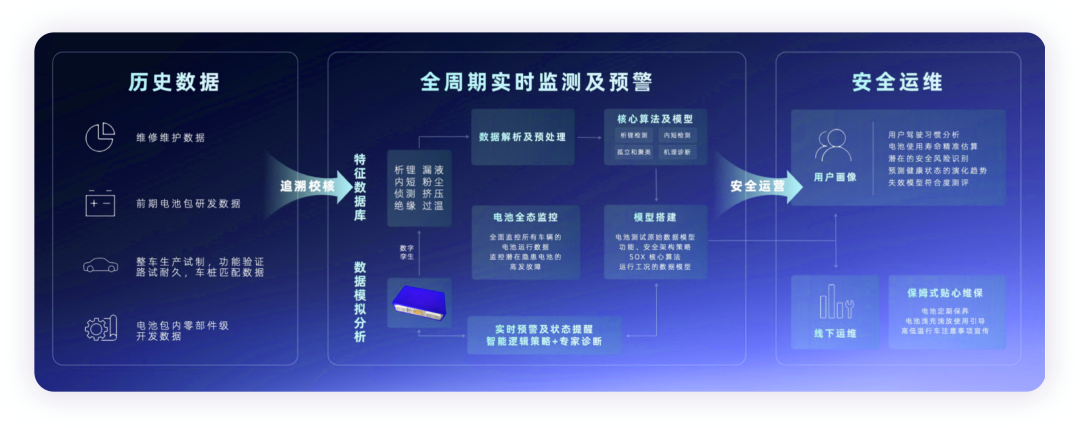
In my personal opinion, in the traditional design of square shell battery cells, there is indeed a slight convergence. That is, the design of NETA’s plan does not have a particularly large difference compared to the majority of vertically placed square shell batteries. The main focus should be on safety and management. Tian-Gong battery is a very typical design, if you compare it with NIO’s 100kwh, I really can’t say what the difference is. Most car companies using square shell batteries use a large amount of thermal insulation and thermal protection materials.
This article is a translation by ChatGPT of a Chinese report from 42HOW. If you have any questions about it, please email bd@42how.com.
